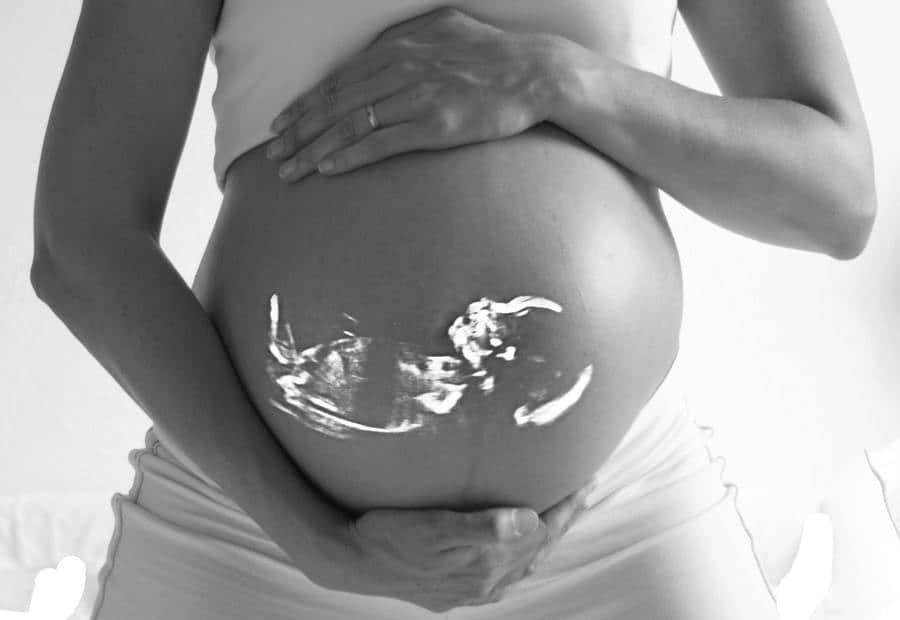It is a good idea to write a draft birth plan to discuss with your doctor prior to delivery (at around 32 weeks), fine tune it and pack a few copies in your hospital bag to give to the attending staff. In your summary you will discuss what type of birth you want, what type of pain relief and your general preferences and expectations.
So you’re nearing the end of your third trimester, and it’s time to start planning for labour & childbirth. Some important things to remember before the big day!
Have you pre-registered for the hospital? Your doctor’s office will have a registration package for you, which you can fill out at home and mail directly to the hospital. Many hospitals offer a tour of their maternity wards so it’s a good idea to book one for you and your partner to prepare you for your labour and what to expect during your stay. Book early; if you are having multiples you may be put on bedrest and be unable to attend a tour later in your pregnancy. Most hospitals recommend a tour when you are around 20 weeks pregnant.
Caused by rising hormones, edema is a very common condition and is experienced by about 50% of women sometime during their pregnancy. It can happen any time but tends to be worse in the third trimester. It is the result of the production of more blood and body fluids to meet the needs of the developing baby. Normal swelling is typically experienced in the hands, face, legs, ankles and feet. This fluid is necessary to soften the body and allow expansion as the baby develops. Fluid also helps to prepare the pelvic joints and tissues to open for birth. The extra fluid accounts for about 25% of the weight women gain during pregnancy.
Whether it’s for one week or three months, dealing with bedrest during pregnancy can be a challenge. If you approach the matter as a time to prepare yourself for your new role, it may help. It is a chance to get a few things accomplished before baby comes, too. There are several other things you can do to help pass the time you spend on bedrest.
What’s in a name? There are several important factors to consider when choosing a name for your baby. How does the name sound? Is it compatible with your surname? Sometimes longer first names go well with shorter surnames, and vice versa. Also you should consider whether or not combining vowels at the end of the first name and the beginning of the surname works, because they often tend to run together when spoken.
Like any other challenge, it is invaluable to get connected with other people who are experiencing the same stresses and have the same concerns.
Q – I am 6 months pregnant and my back has been bothering me and was thinking of seeing a Chiropractor.
Is this safe during my pregnancy?
Q. What is happening during active labour? What can I do to help myself or help my partner?

